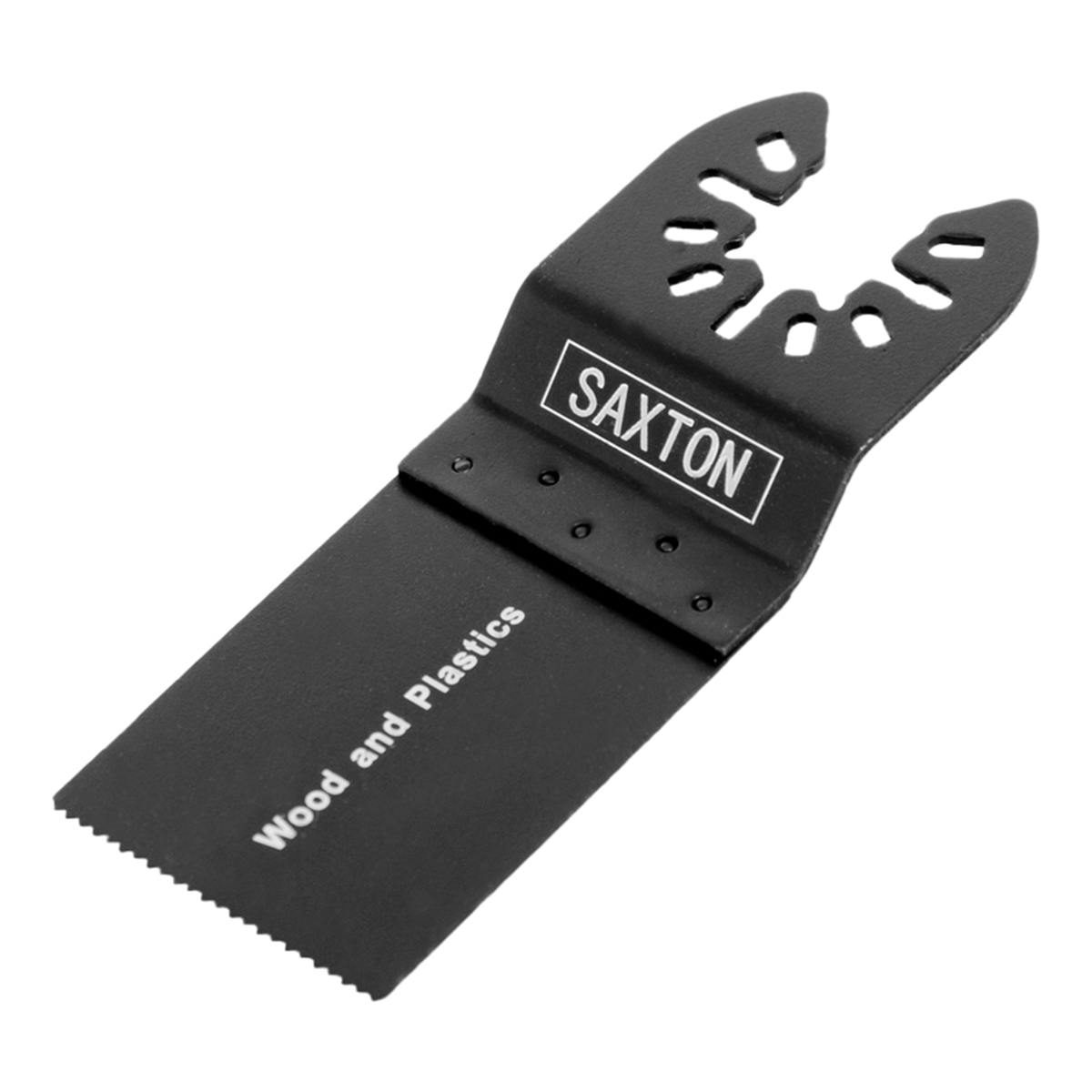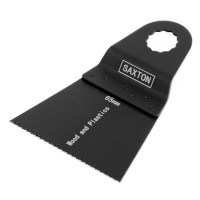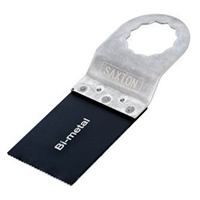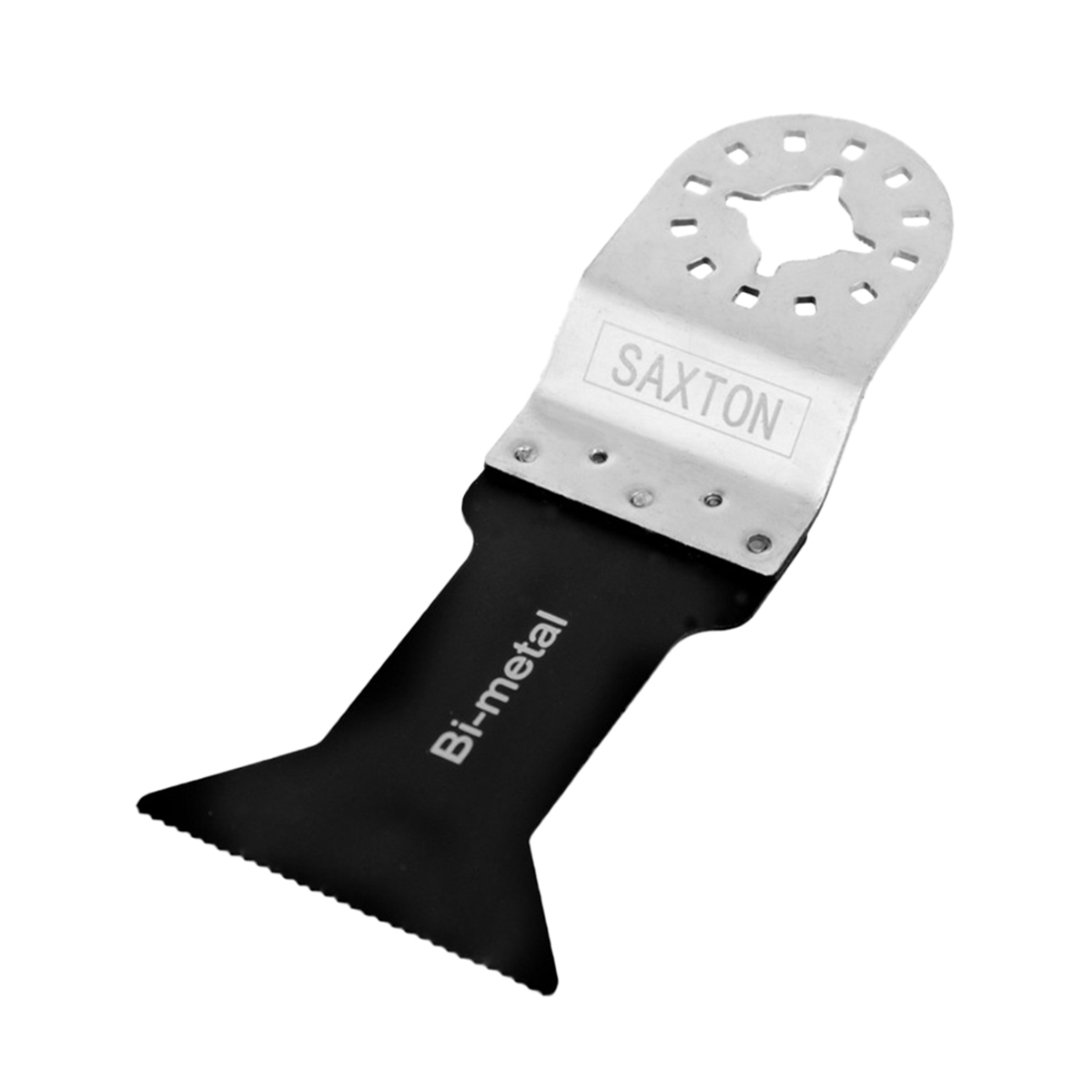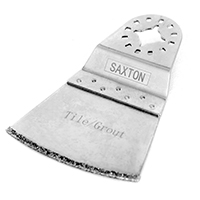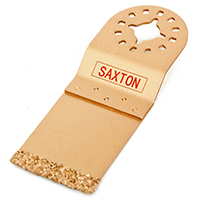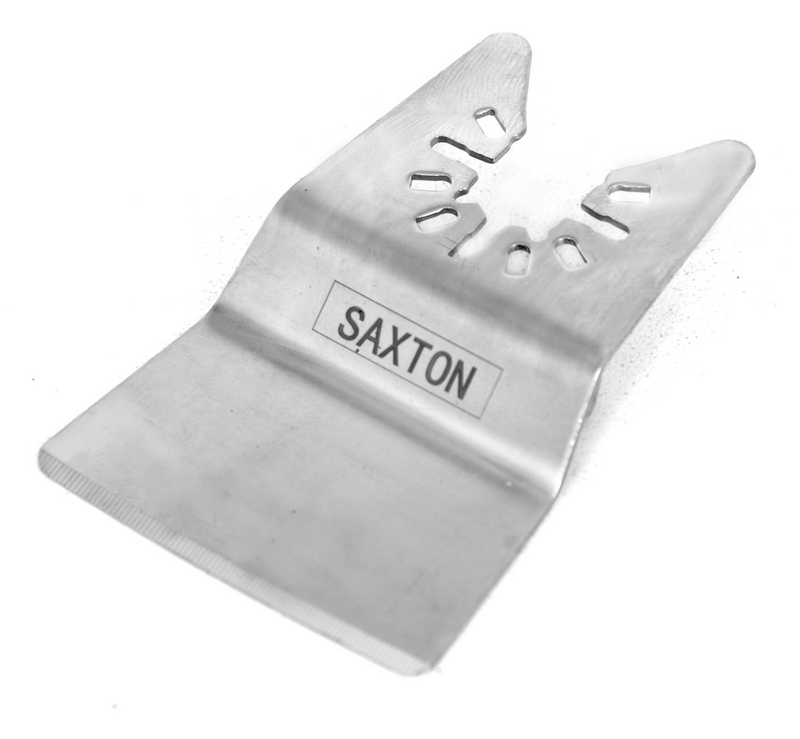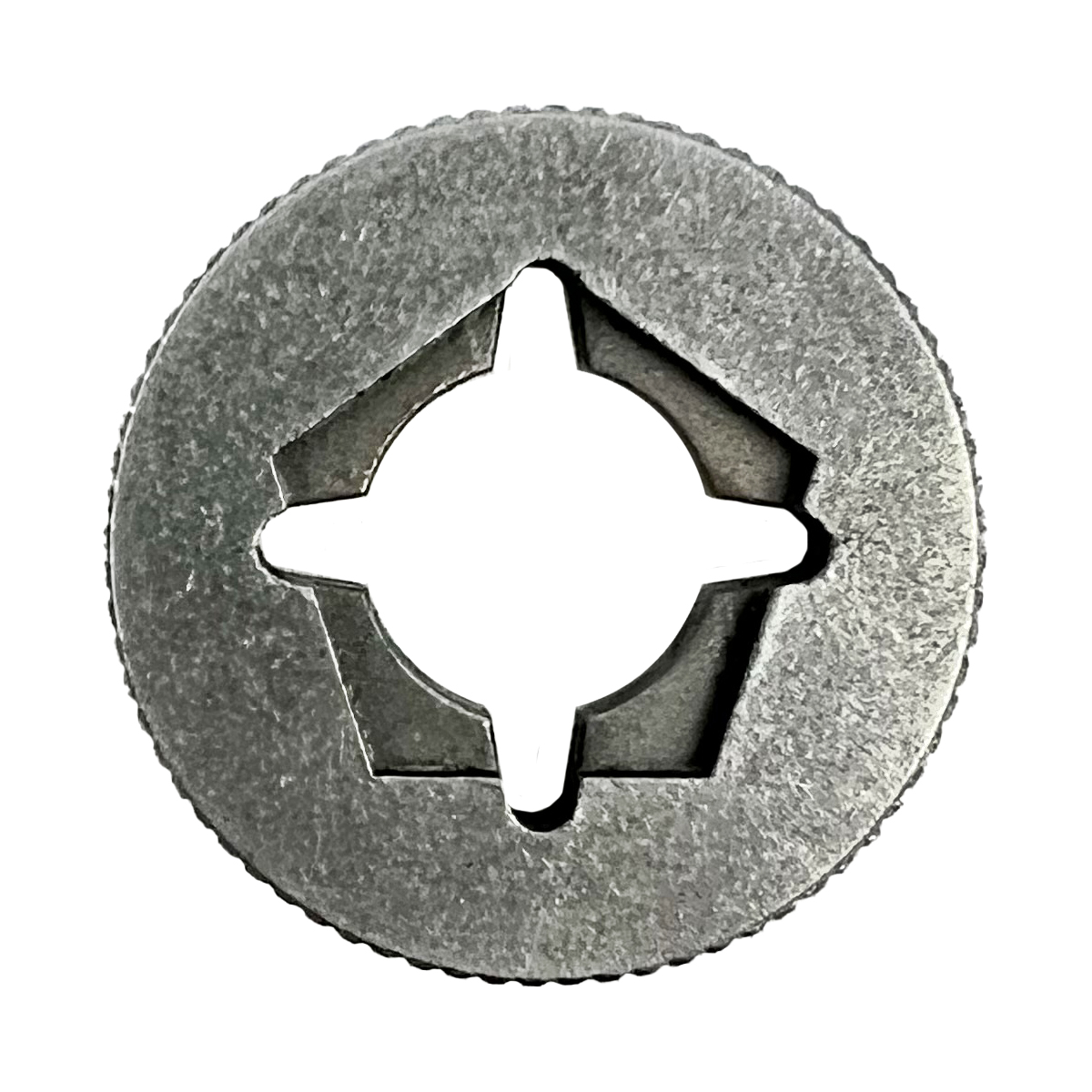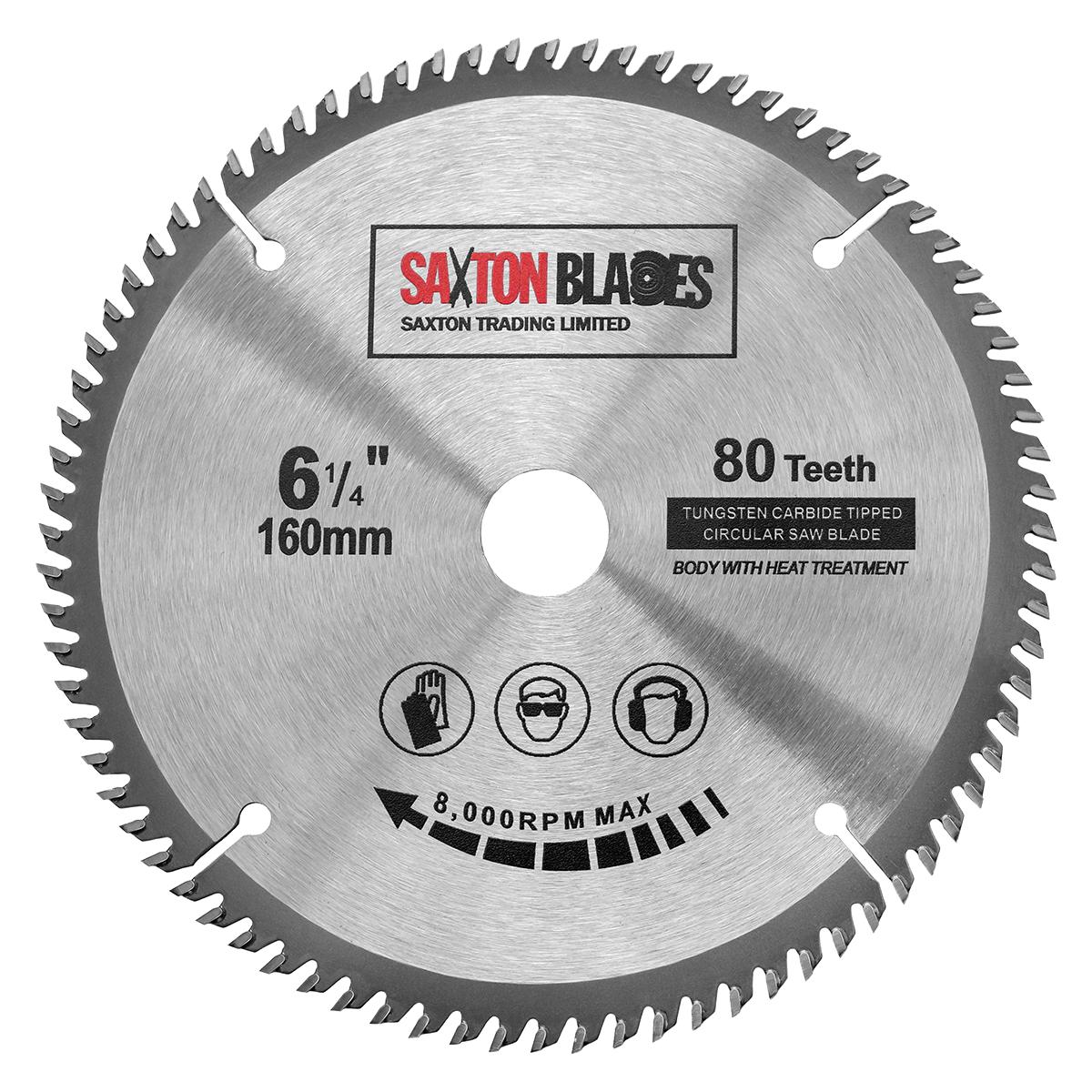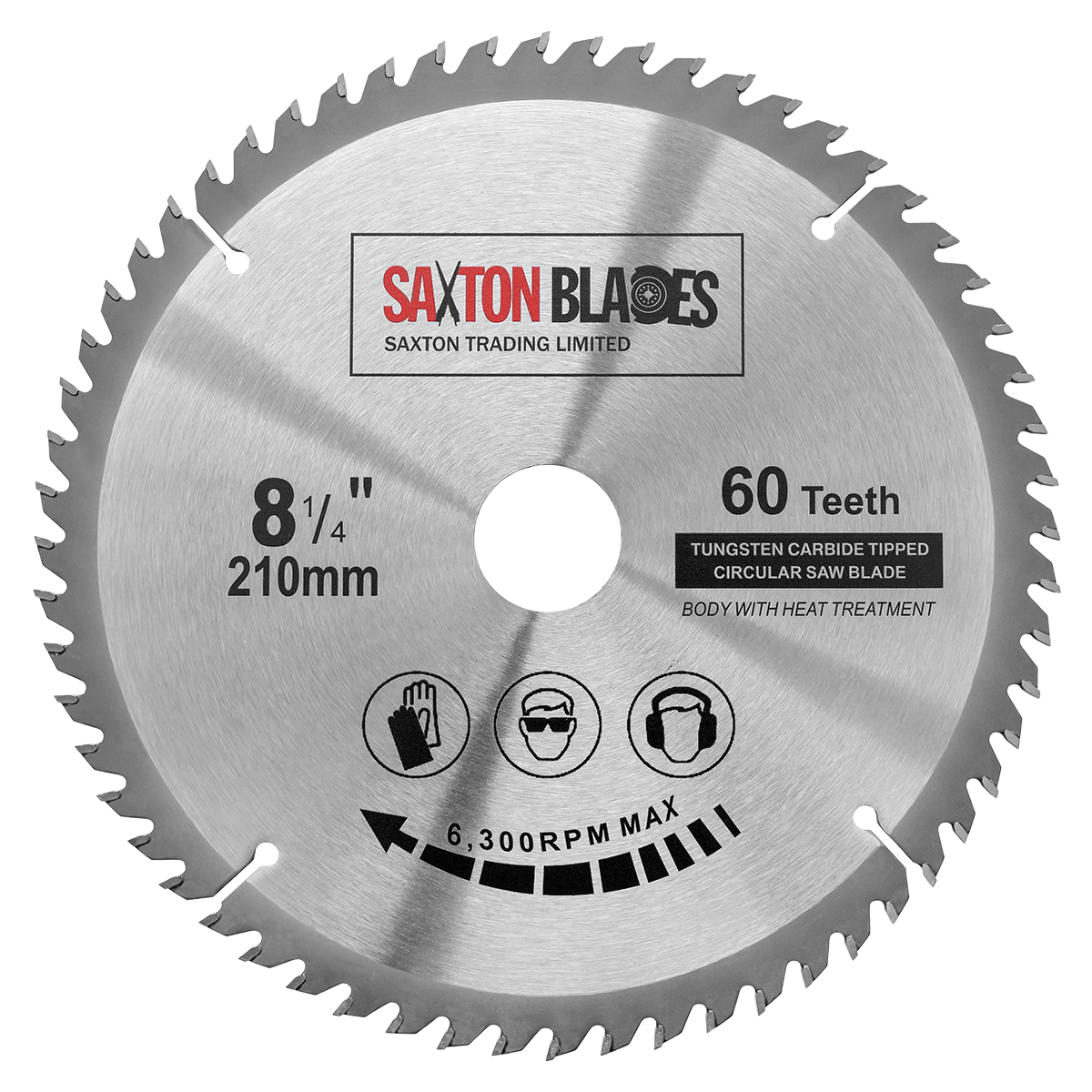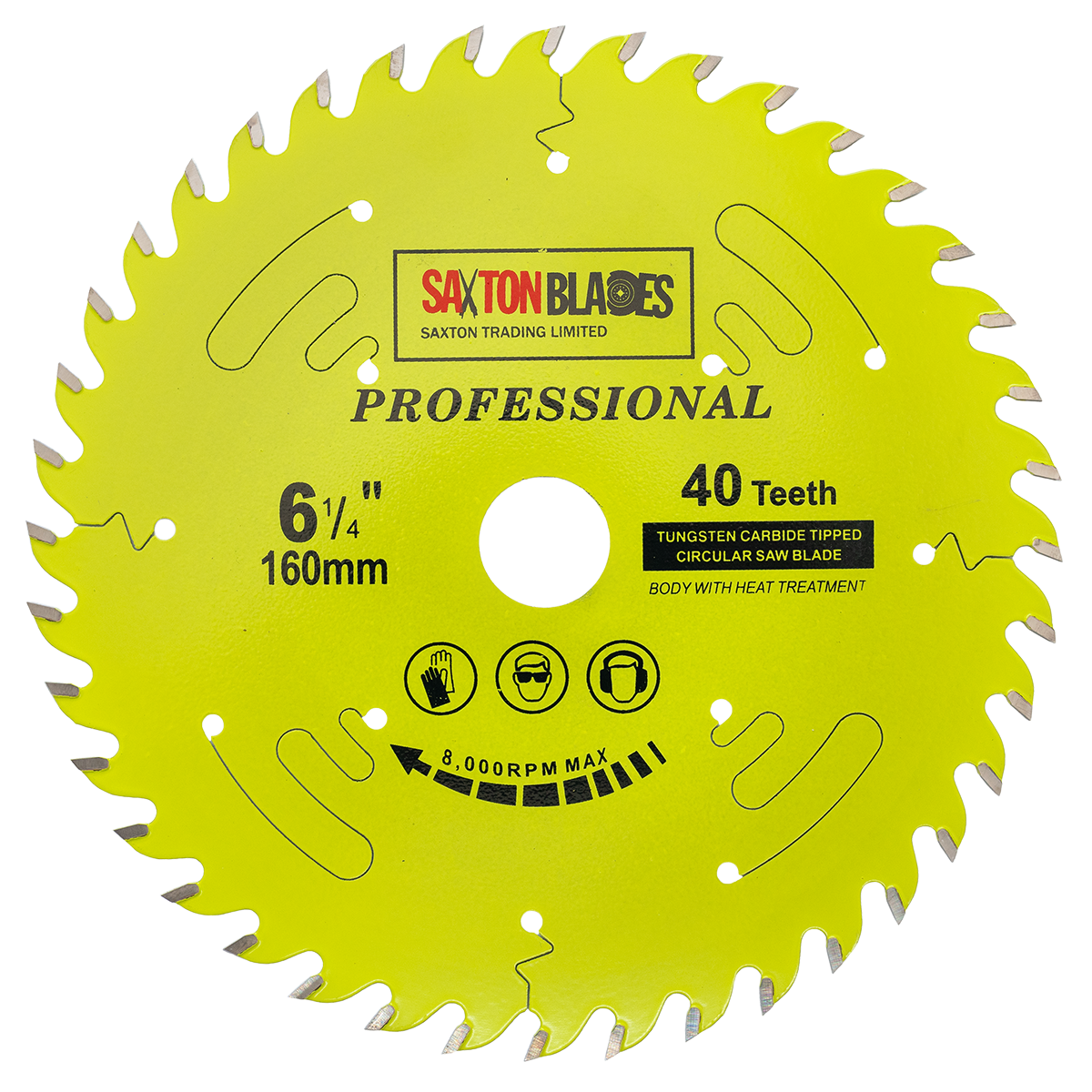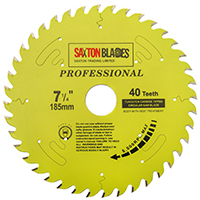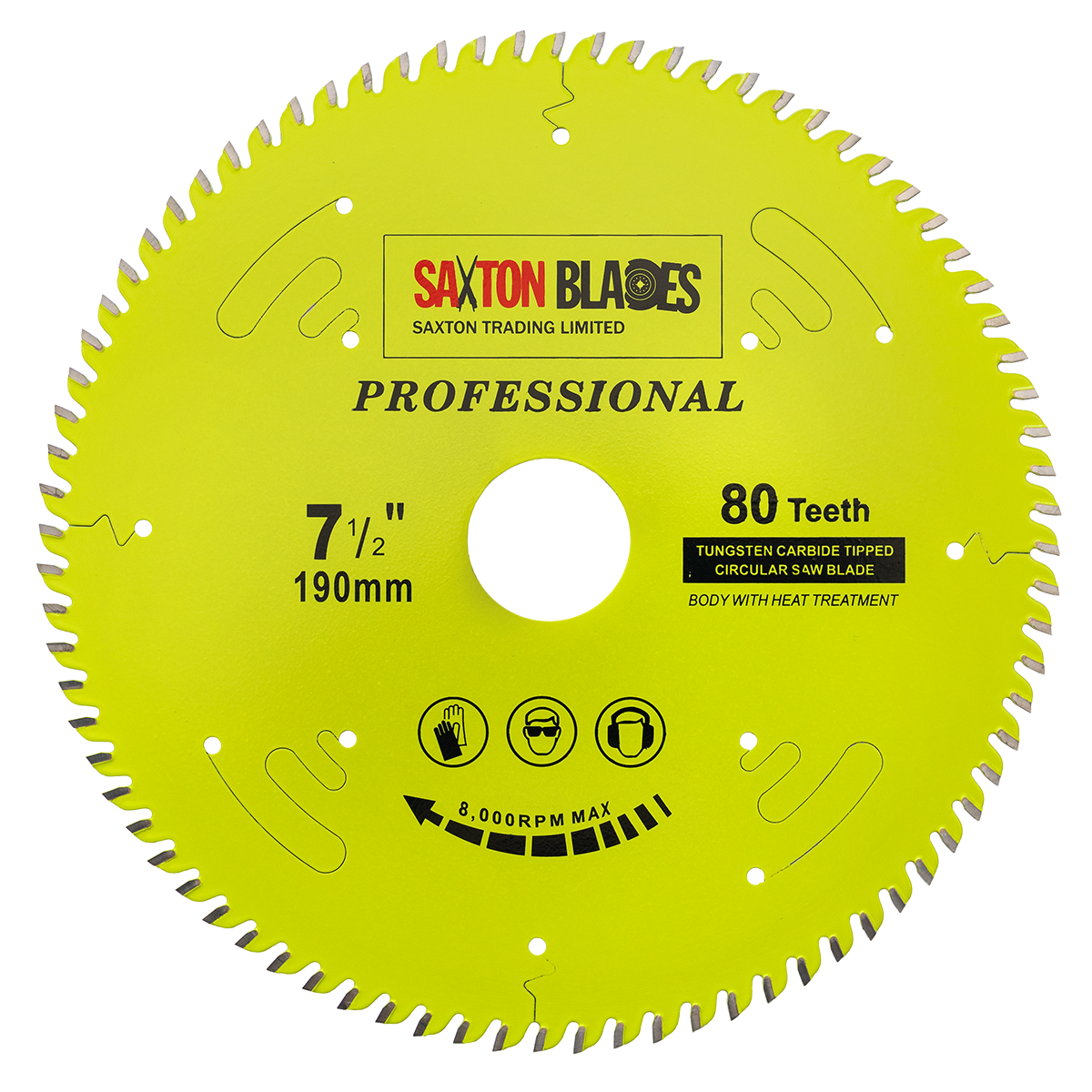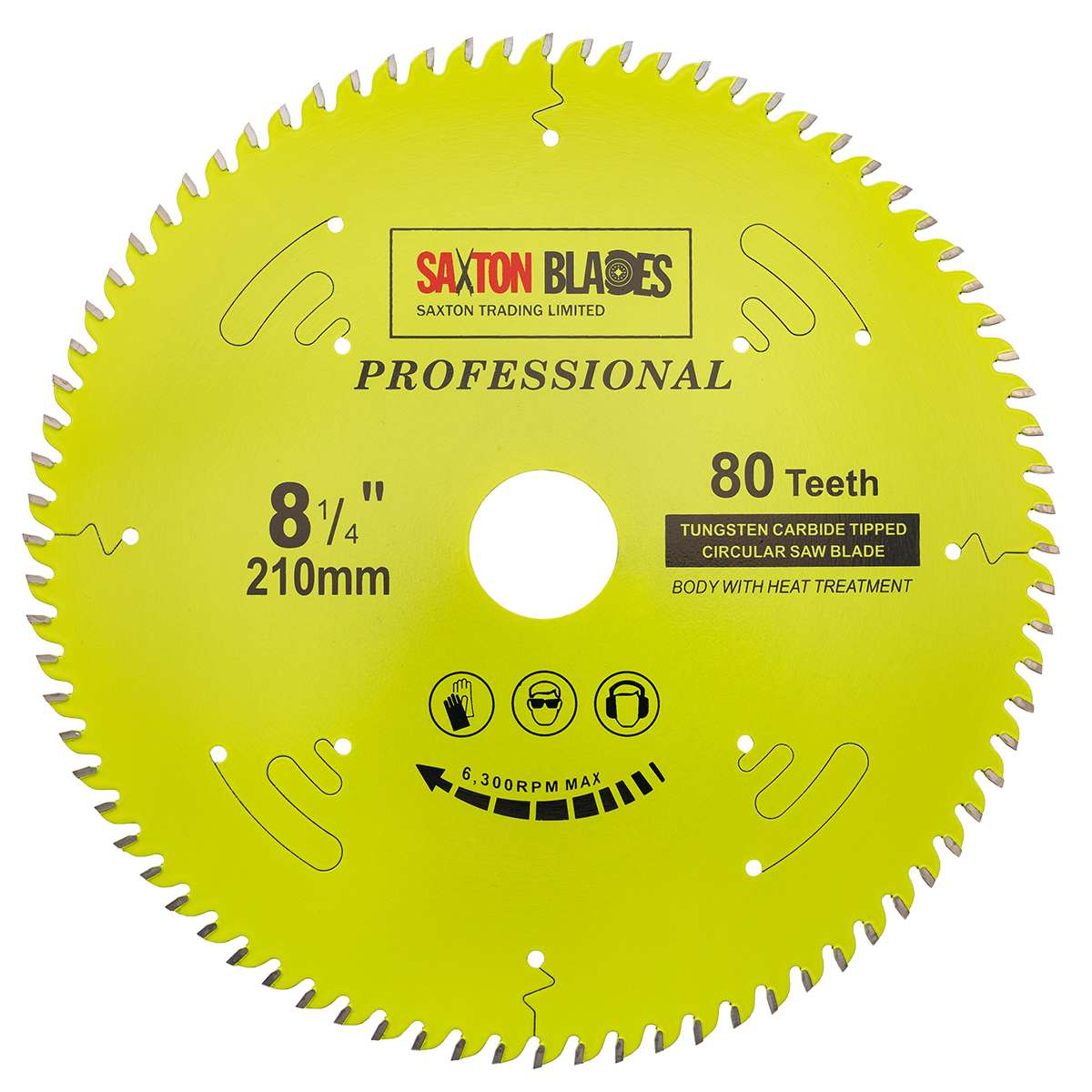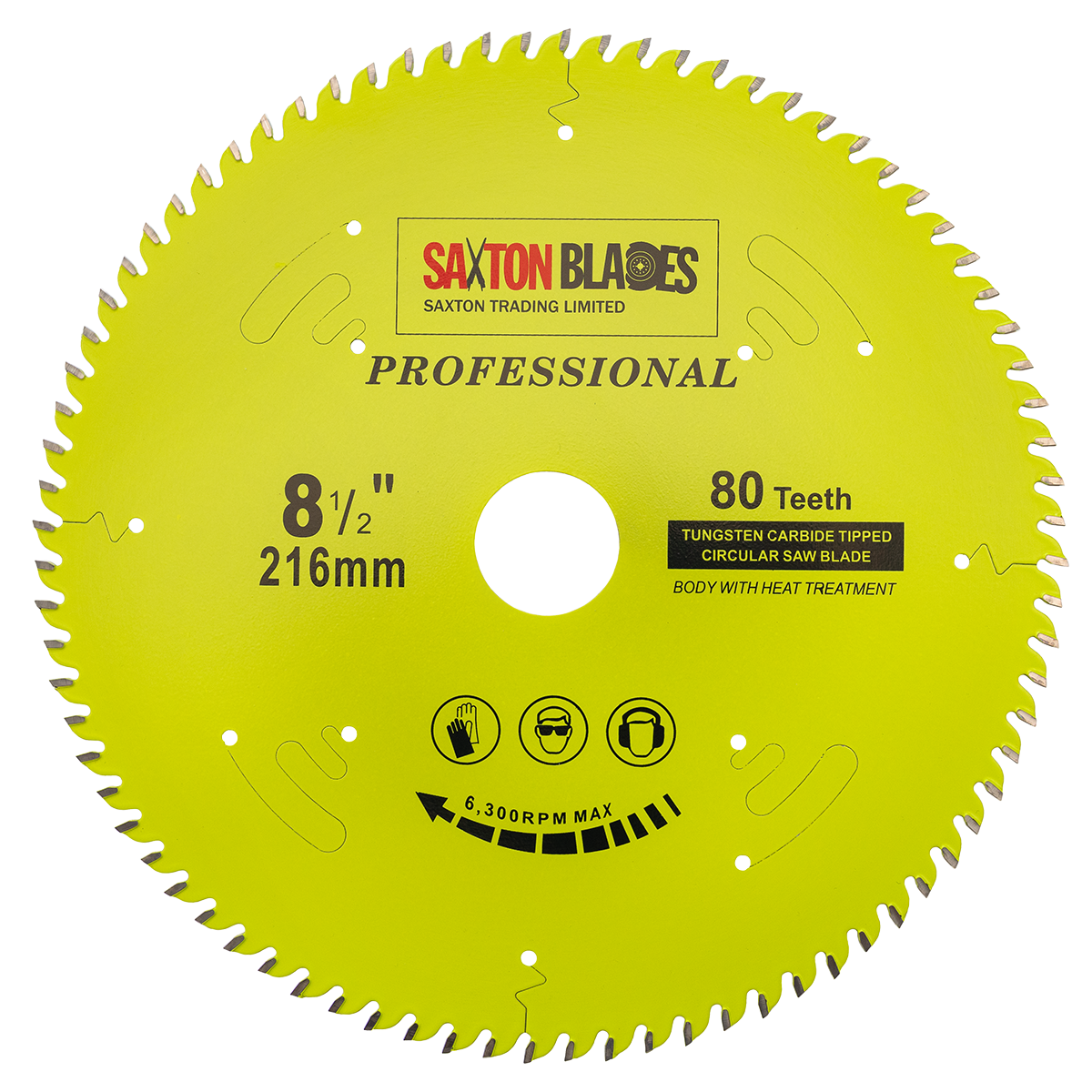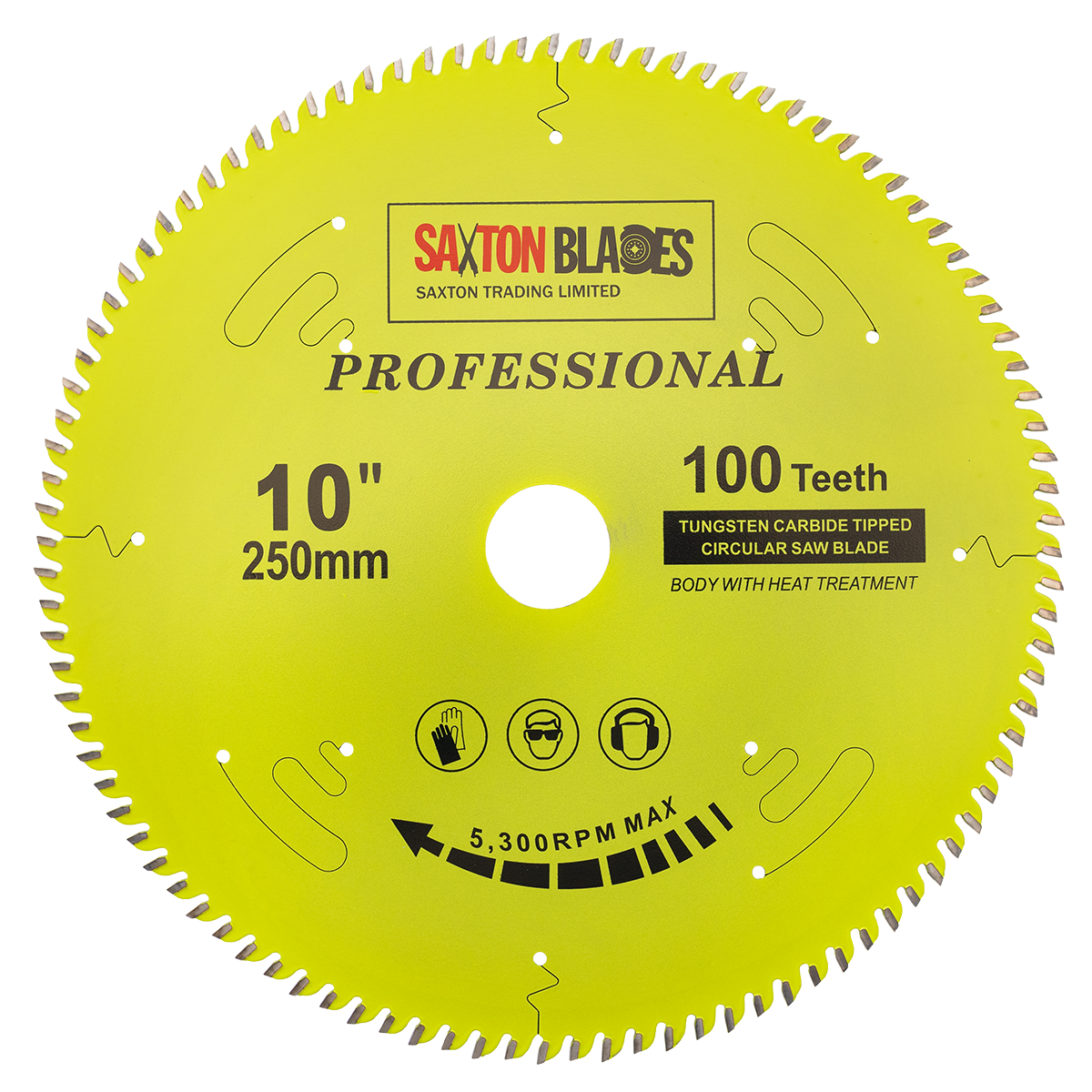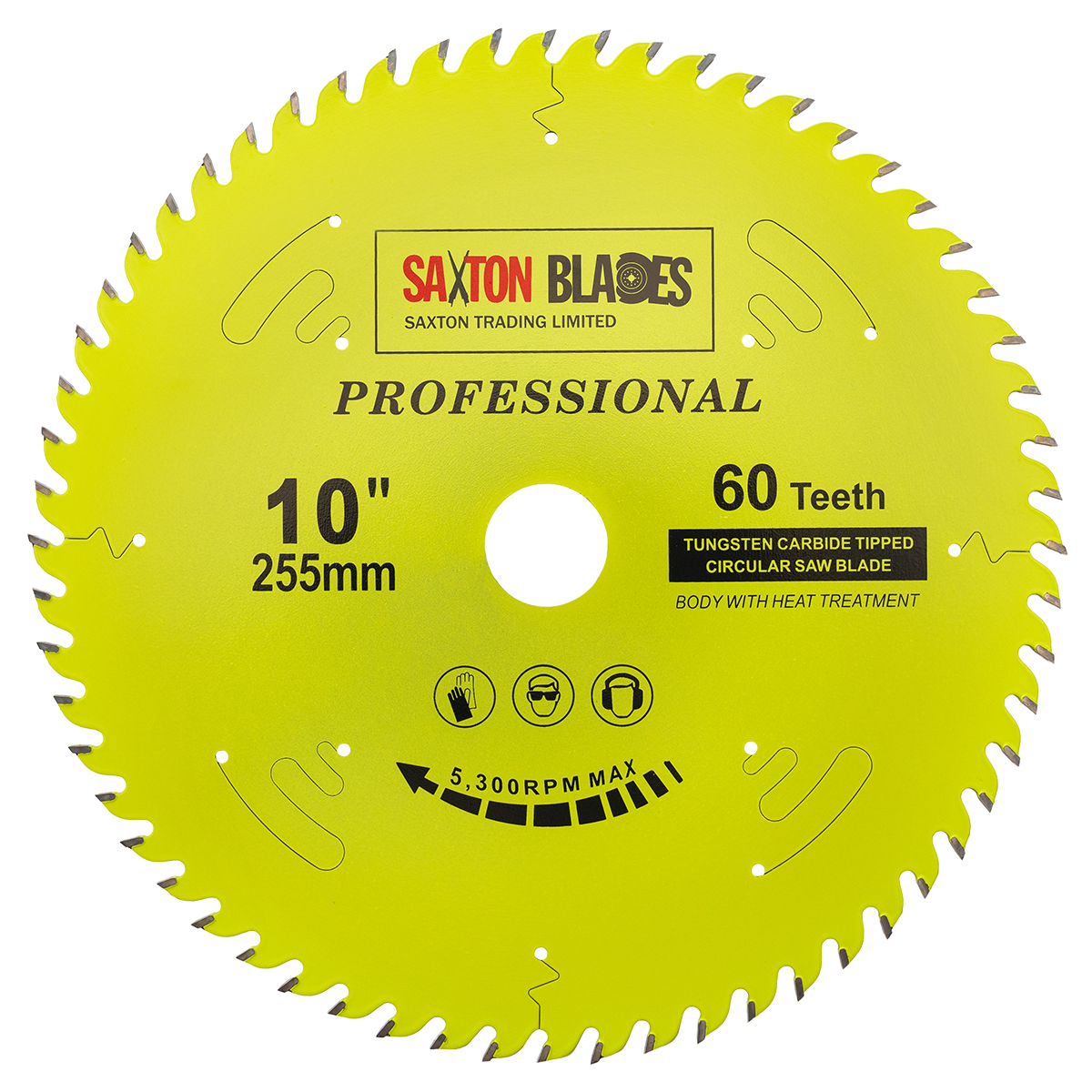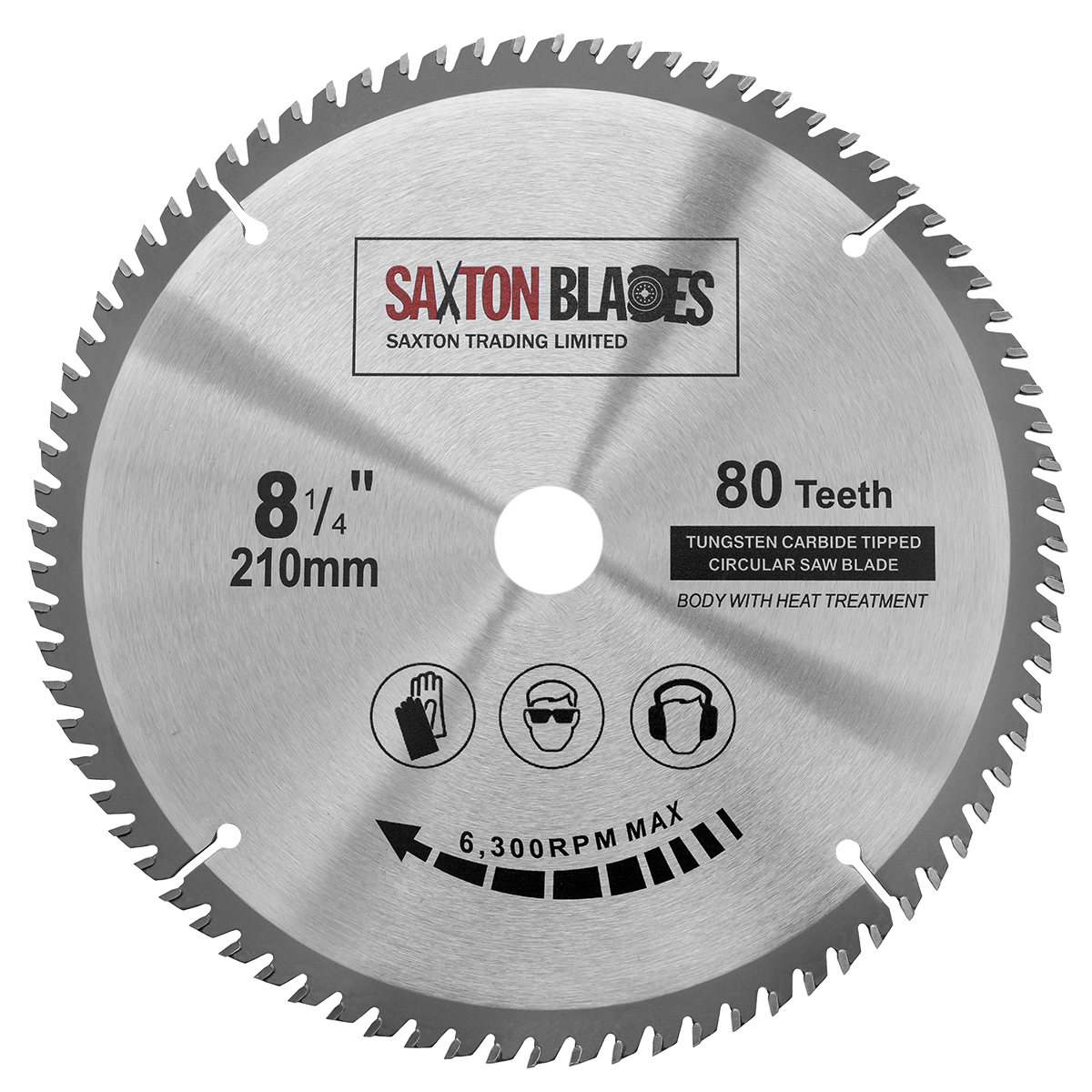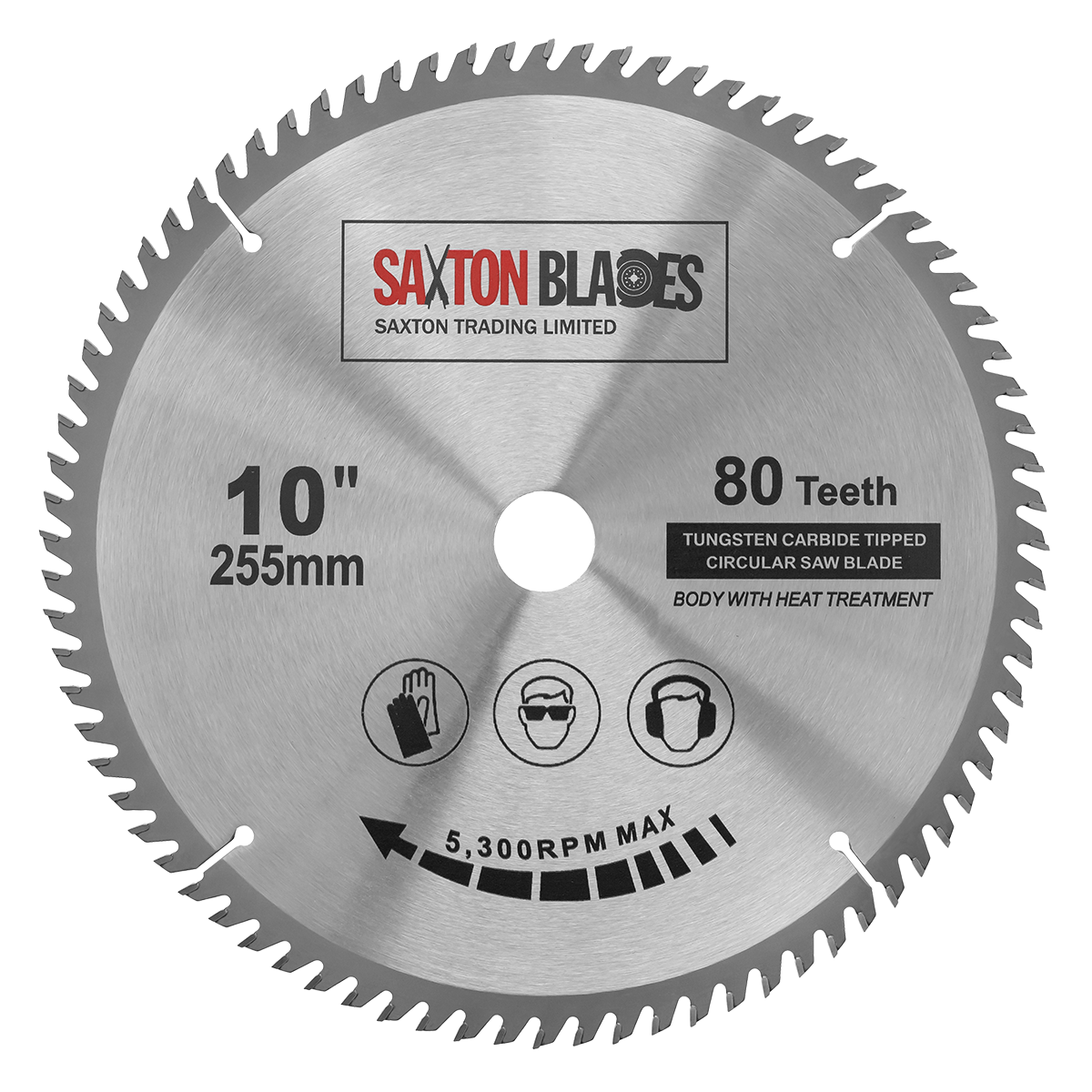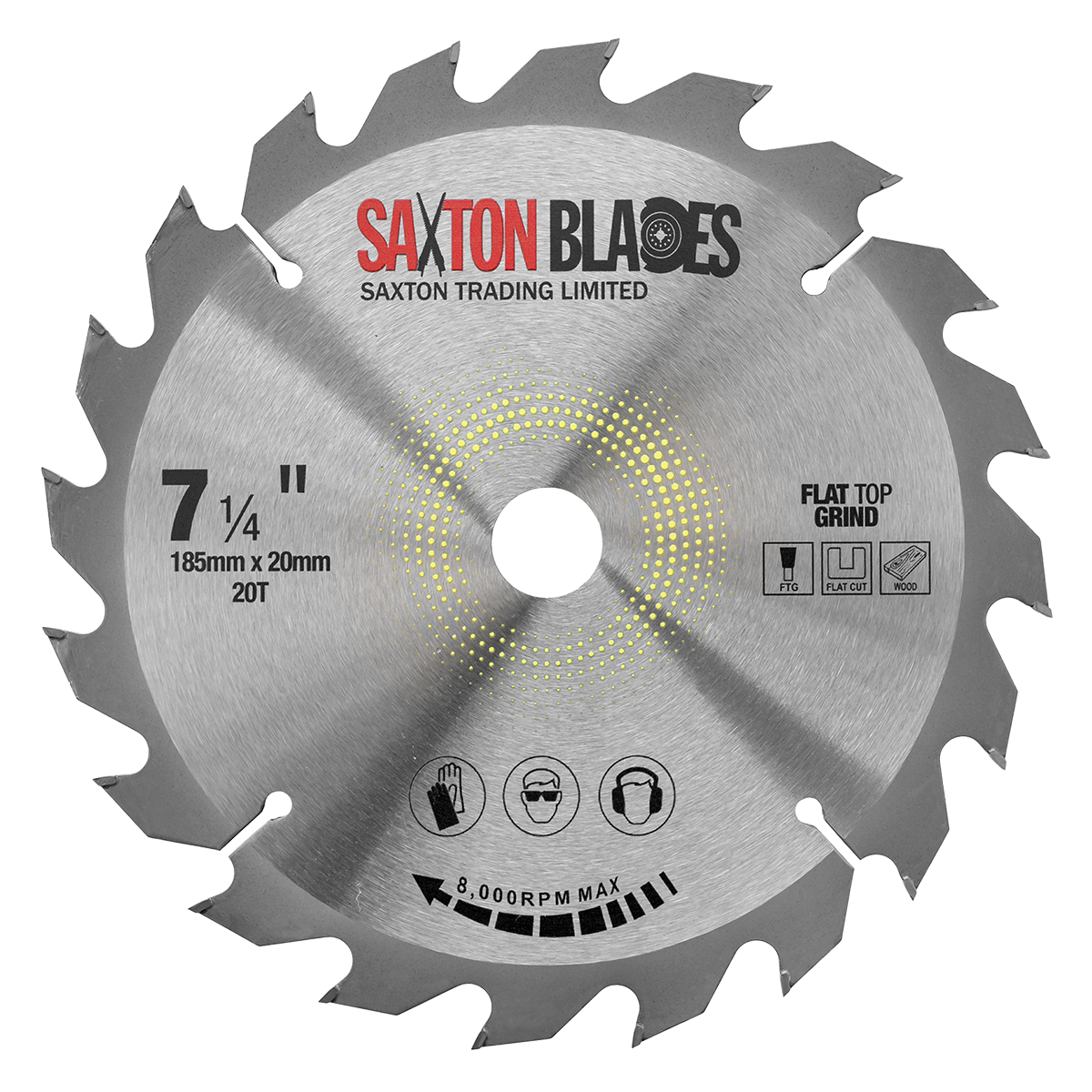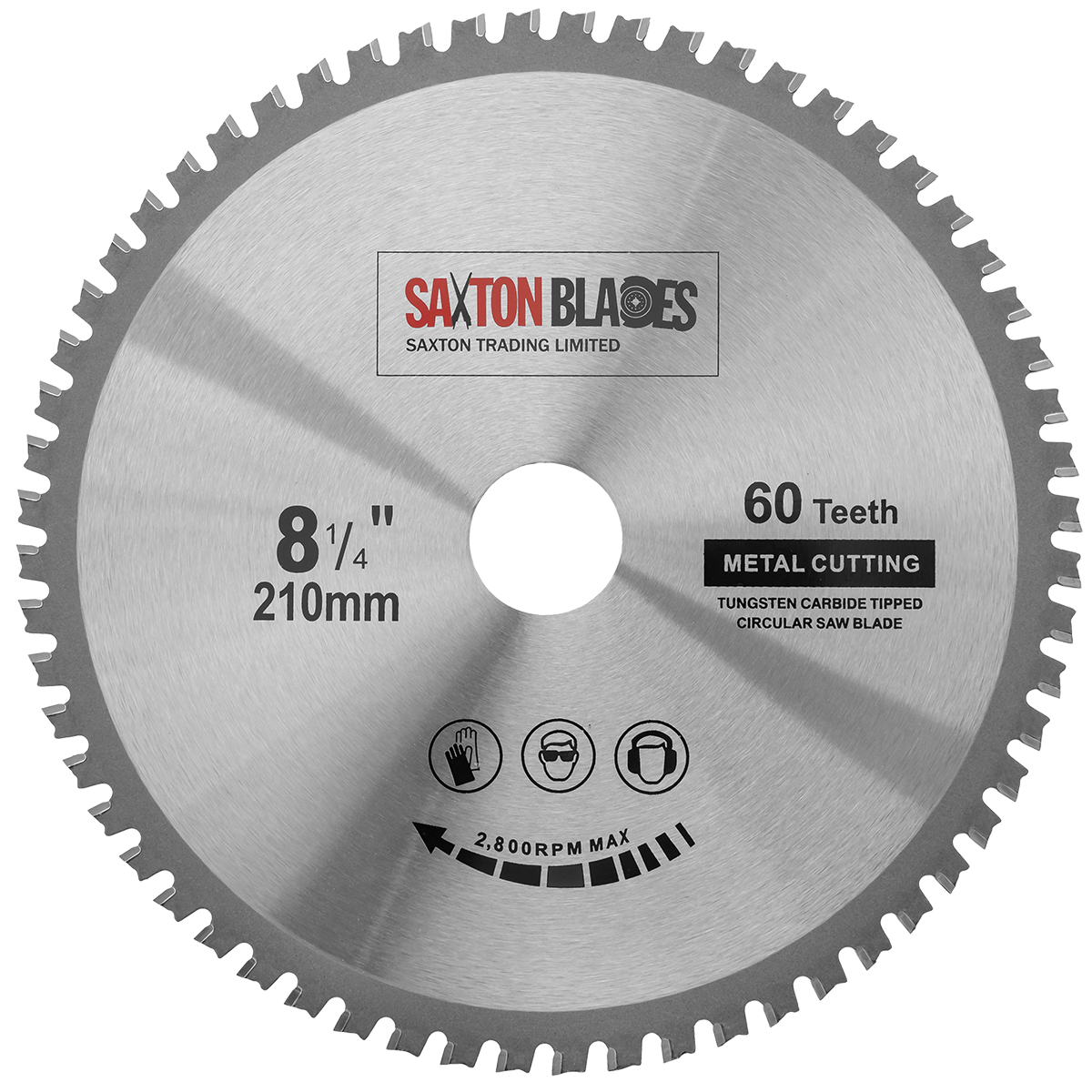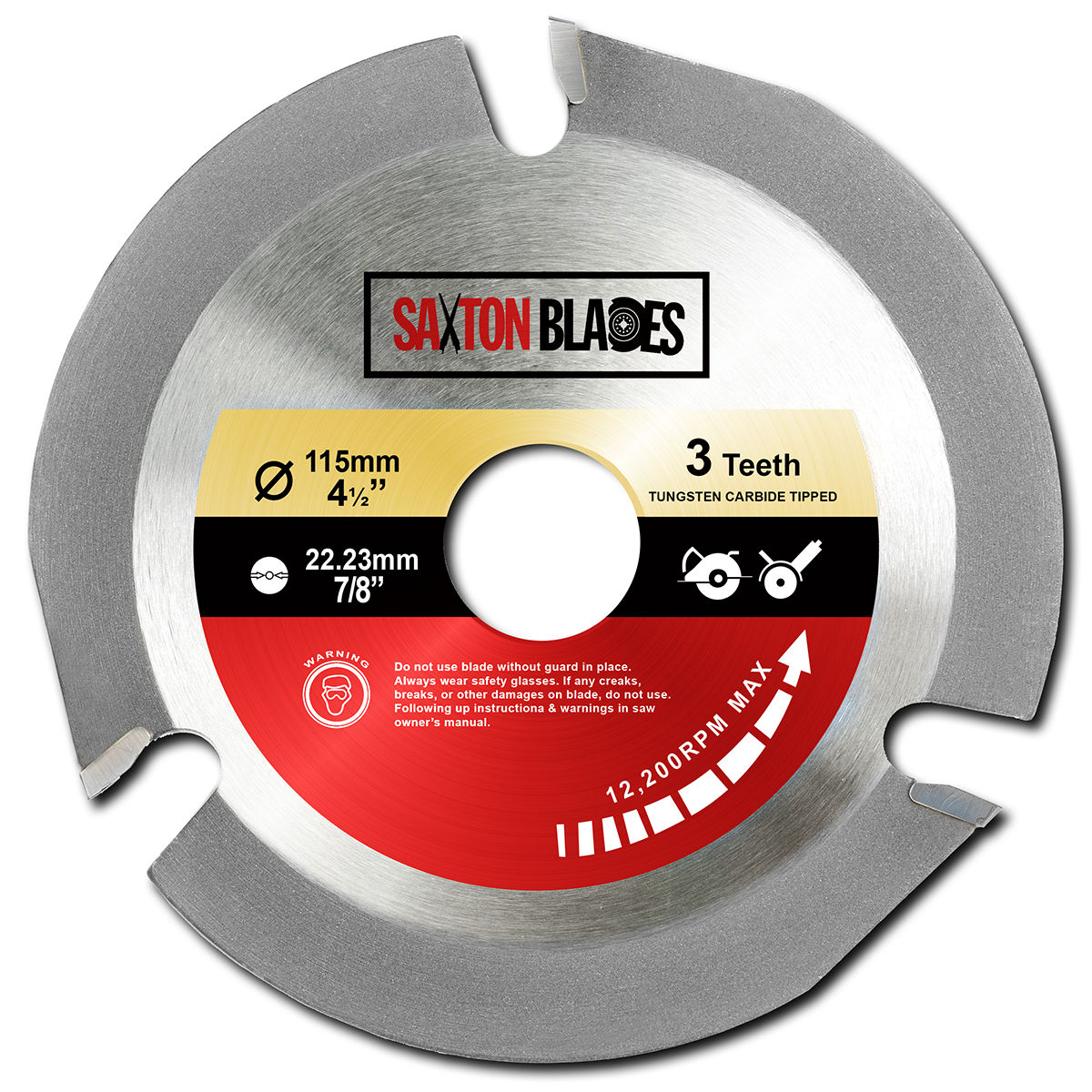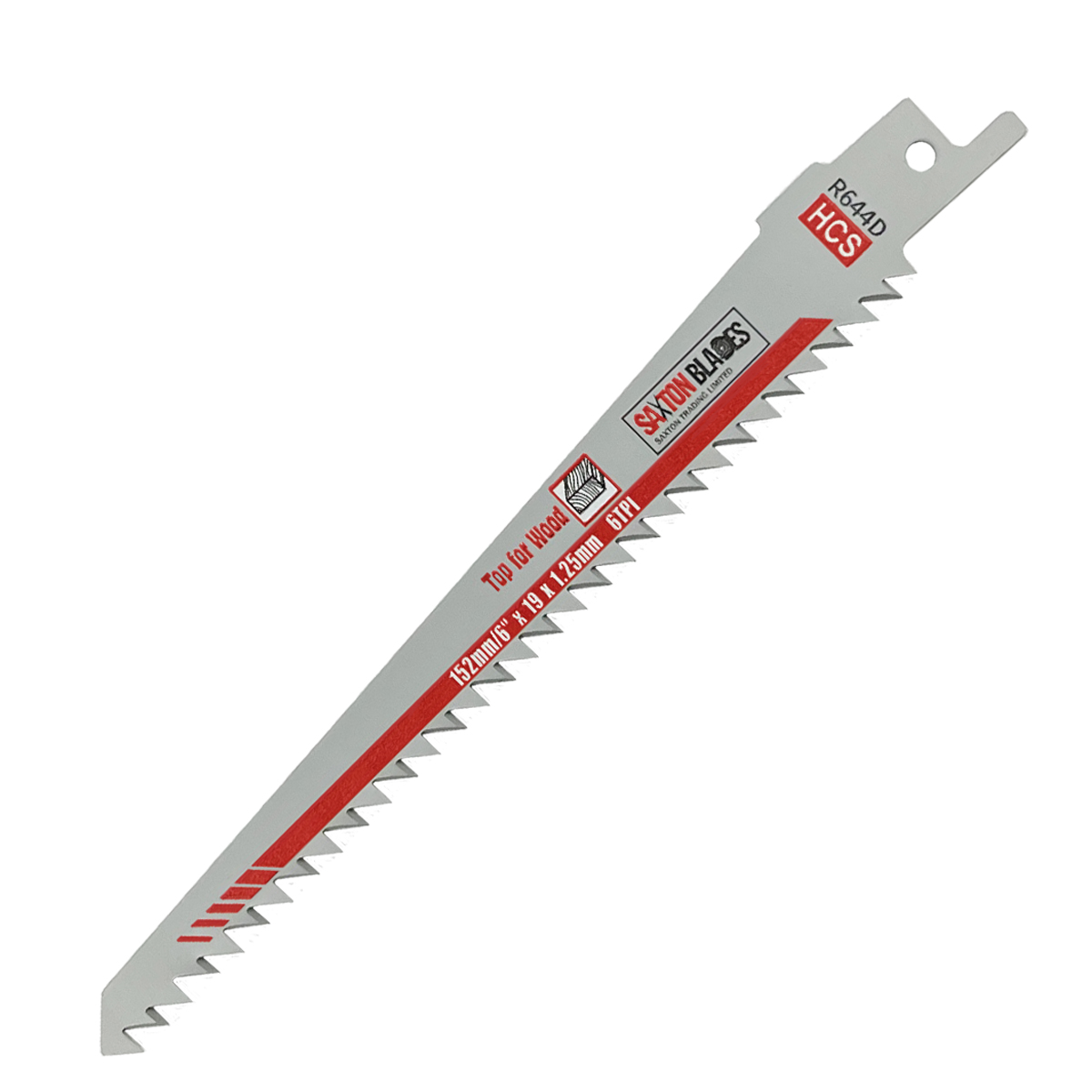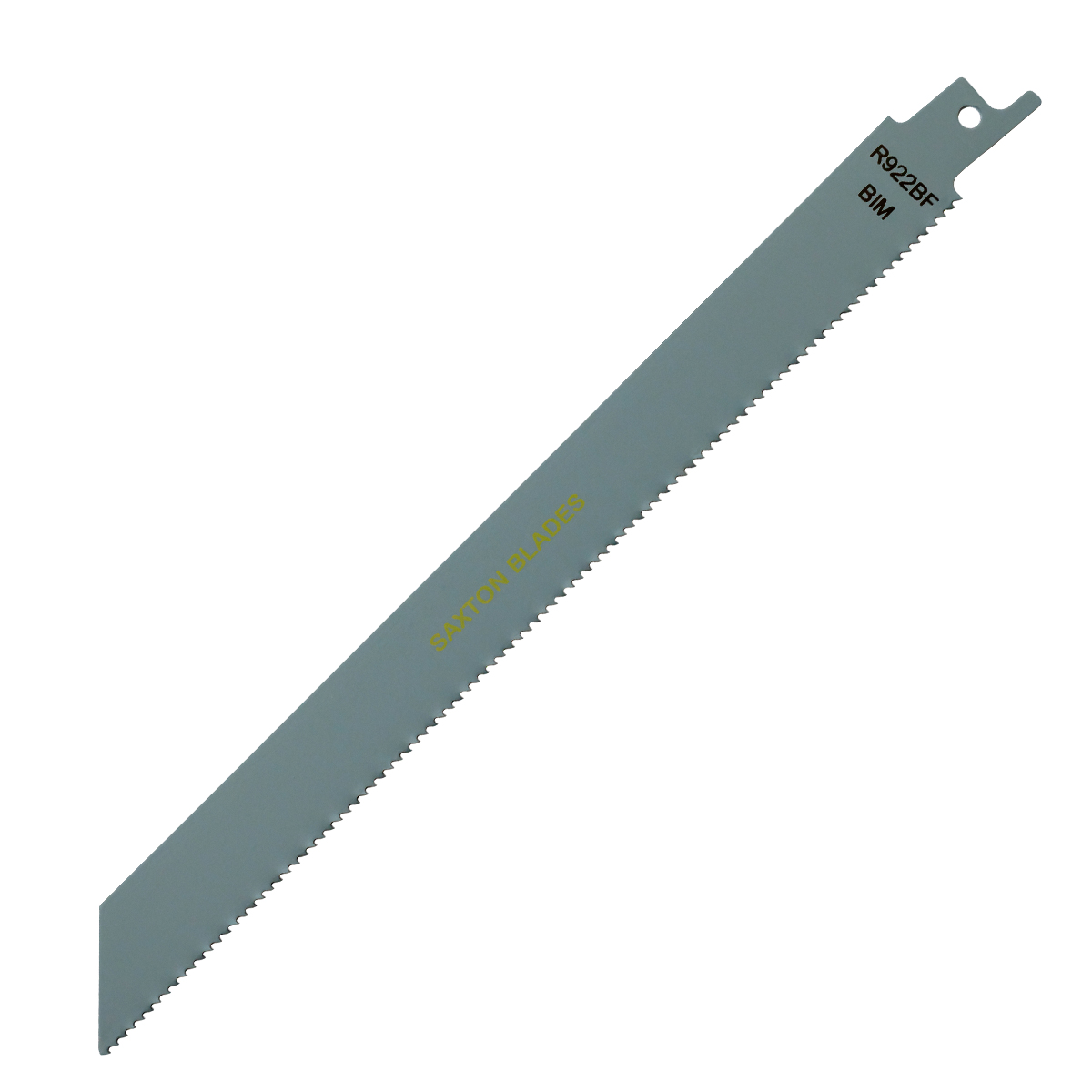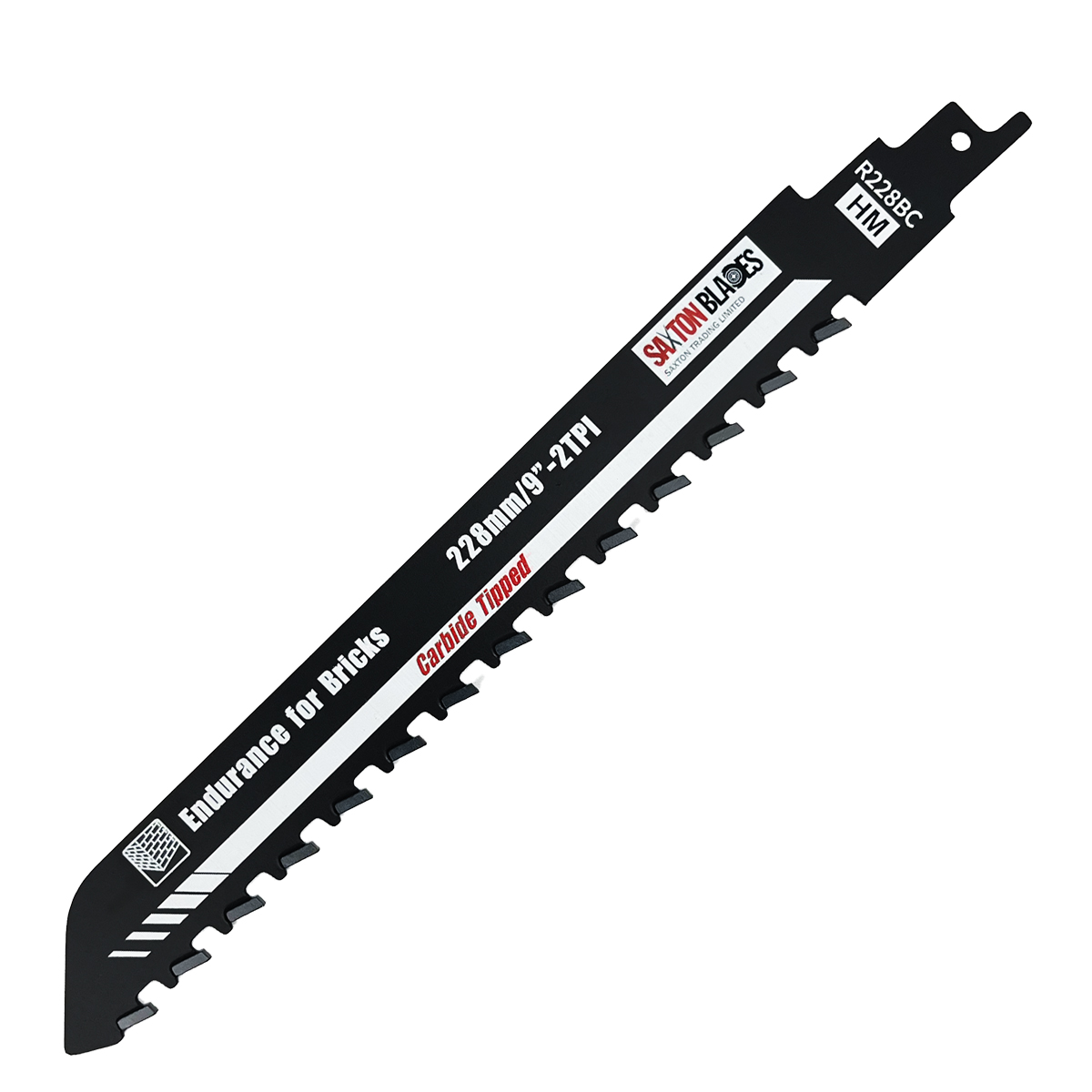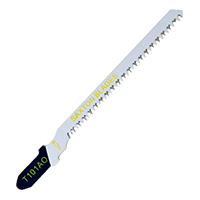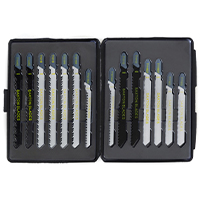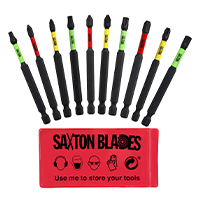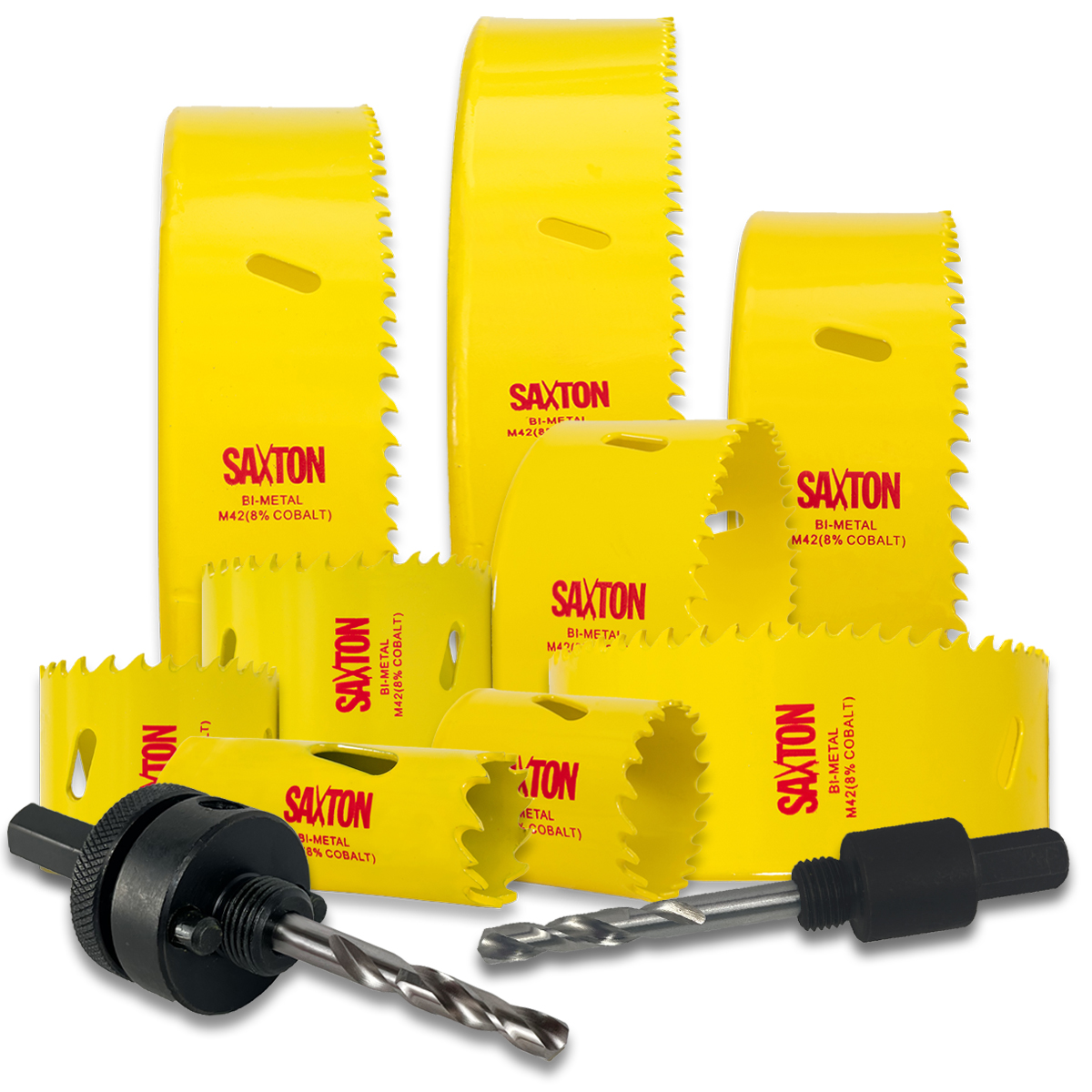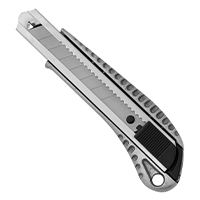Whether you’re looking to save money or unleash your creativity, DIY projects come with many benefits.
DIY home projects are fun and fulfilling but you need to consider the potential safety hazards which can result in serious injury from the start of your project to the finish.
In this blog post, we will discuss essential safety tips you can put in place to maximise your safety for DIY home projects.
At Saxton Blades, we provide high-quality and affordable tools from TCT Circular Blades to Multitool Blades so you can complete your DIY project with Precision and safety in mind.
DIY Home Project Tips To Maximise Your Safety
No matter the size of your DIY project, it is significant to consider safety precautions whatever the project may be.
Several different areas make up DIY safety, including PPE and clothing, general safety measures and saw blades, and power tool safety.
Follow these DIY safety tips to maximise your safety and prevent serious accidents when working on your DIY project.
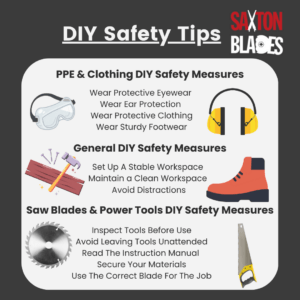
Protective Equipment (PPE) & Clothing DIY Safety Measures
Wearing the appropriate PPE and clothing, allows you to protect yourself when you are completing your DIY projects. From protective eyewear to sturdy footwear, here are a few PPE and clothing tips to maximise your safety:
- Wear Protective Eyewear – If you’re doing DIY tasks involving cutting, drilling, or sanding, you must wear protective eyewear such as safety goggles or glasses. This protective gear will give your eyes maximum protection from any debris such as wood chips or sawdust from flying into your eyes.
- Wear Ear Protection – If you are working with loud power tools or equipment, is crucial to wear ear protection such as earplugs or earmuffs. This ear protection prevents ear damage or in worse-case scenarios, long-term hearing loss.
- Wear Protective Clothing – Avoid wearing loose clothing as it could potentially become attached to the power tool or machinery that you’re using. Instead, wear clothing that protects your whole body such as long tops and long trousers.
Wear Sturdy Footwear – To prevent potential hazards such as heavy or sharp objects from falling onto your toe, ensure you wear sturdy footwear that has a closed toe such as trainers or sturdy boots. Avoid wearing open-toe shoes such as sandals.
General DIY Safety Measures
From setting up a stable workspace to avoiding distractions, you must have a safe and secure workspace to work whilst paying full attention to your DIY project. A few general DIY safety measures you can take include:
- Set Up A Stable Workspace – Before getting started on your DIY project, ensure you have a flat and stable workspace. Not only does a stable workspace increase the precision and efficiency of your DIY projects but it also ensures your tools can be operated safely and securely.
- Maintain a Clean Workspace – Not only does a clean workspace enhance your efficiency but it also prevents serious accidents from happening. Ensure your work floor is clear of any trip hazards such as wires or debris. Ensure you clean as you work, dispose of any waste properly, and store your DIY equipment in their designated area.
Avoid Distractions – You must focus on your DIY project with full attention, avoiding distractions such as going onto your phone. It is easy to make a careless mistake and as you are working with sharp and dangerous tools, you must have your full focus on your DIY project and your surroundings.
Tools Safety Tips: Saw Blade & Power Tools
Working with sharp tungsten carbide saw blades or powerful tools means there are many safety precautions you must take. From inspecting tools before use to selecting the correct blade for the job, read these tips to maximise your safety when working with tools:
- Inspect Tools Before Use – It is essential to inspect your tools before use to prevent serious injuries. If you’re working with a saw blade, ensure the blade is sharp enough to prevent kickback. If you’re using a power tool, check for any visible damages, from frayed cords to missing parts. Using damaged tools can increase the likelihood of accidents.
- Avoid Leaving Tools Unattended – It is important to keep your tools out of reach of children and pets who could get seriously injured. This is especially important when working with electrical tools due to potential electrical hazards.
- Read The Instruction Manual – Before using a new power tool or saw blade, make sure you read the instruction manual that comes with the tool. Allowing yourself to become comfortable and knowledgeable with your new tool, prevents mishaps and accidents.
- Secure Your Materials – Whether you’re working with wood or metal, you must secure your materials with equipment such as clamps or woodworking vices. This equipment prevents your materials from moving which could lead to injuries.
Use The Correct Blade For The Job – Saw blades are designed to tackle different materials, different jobs, and different cuts. That is why it is essential to use the correct tool for the job.
Tackle Your DIY Projects With Precision, Safety & Efficiency With Saxton Blades
Whether there is a DIY project you have in mind or an important one to finish, at Saxton Blades, we stock an extensive collection of high-quality and affordable saw blades. Our blades are designed for your DIY projects, whether you’re working on a home improvement project or assembling new furniture.
Our premium saw blades range from our TCT Circular Saw Blades, crafted with tungsten carbide tips, slicing effortlessly through materials from wood to plastic, to our Jigsaw Blades which make precise and clean cuts in materials from wood to metal.
Please feel free to contact us with any questions or queries you may have. Our friendly and knowledgeable team at Saxton Blades is always happy to help you whatever the question may be.


